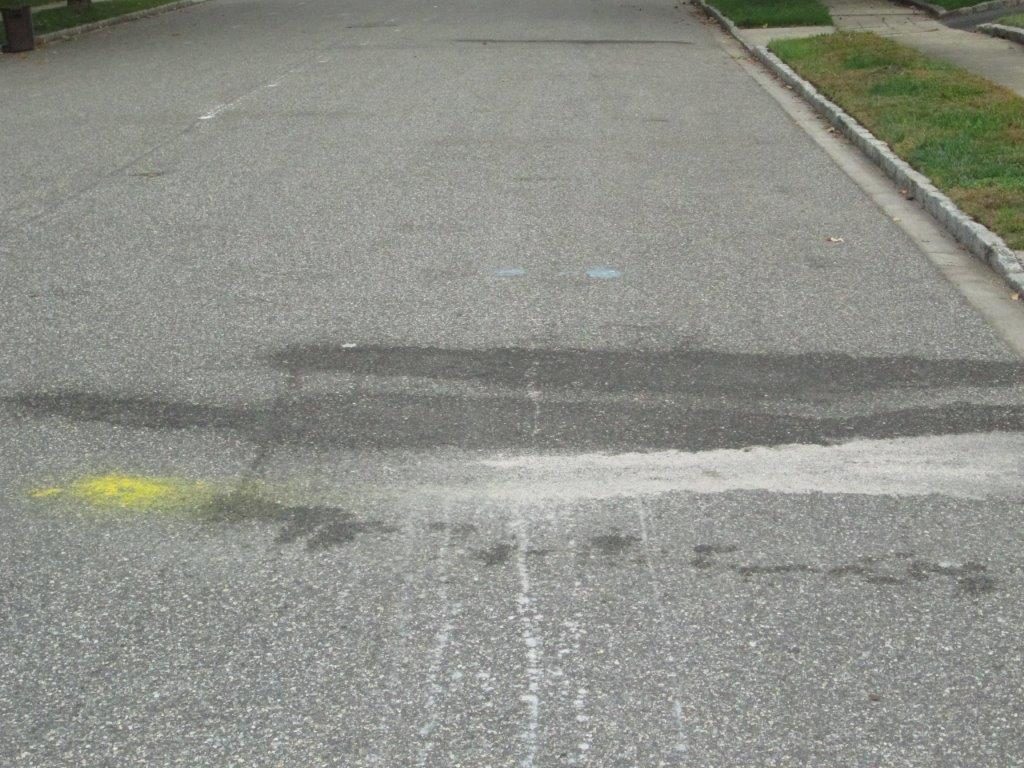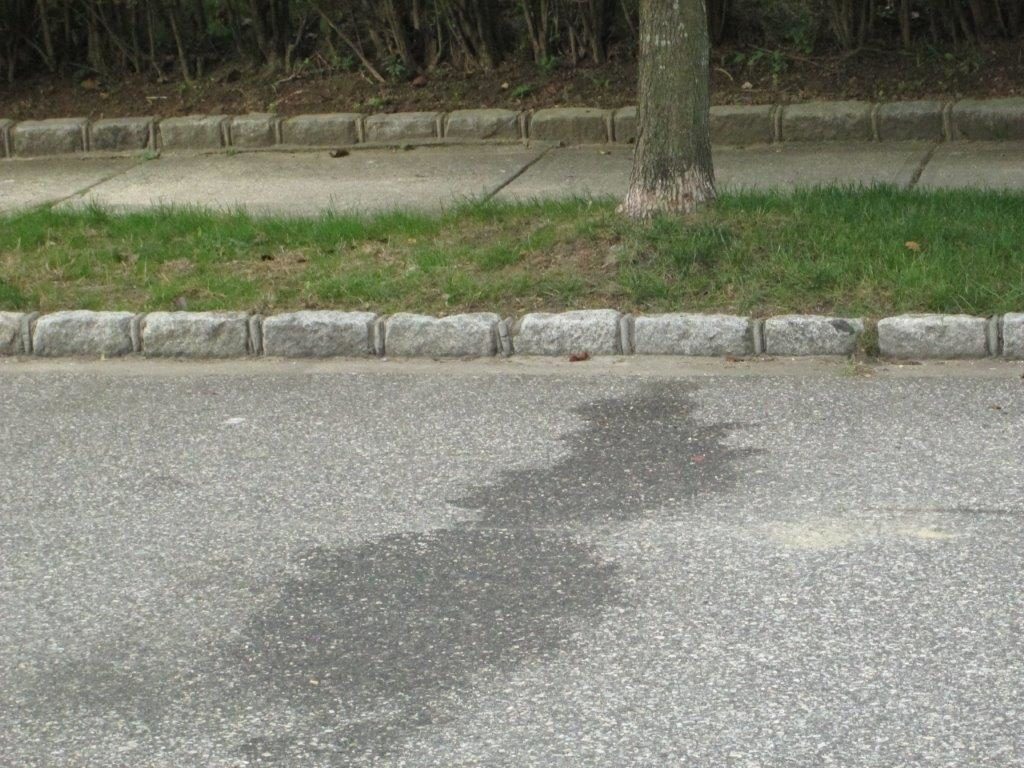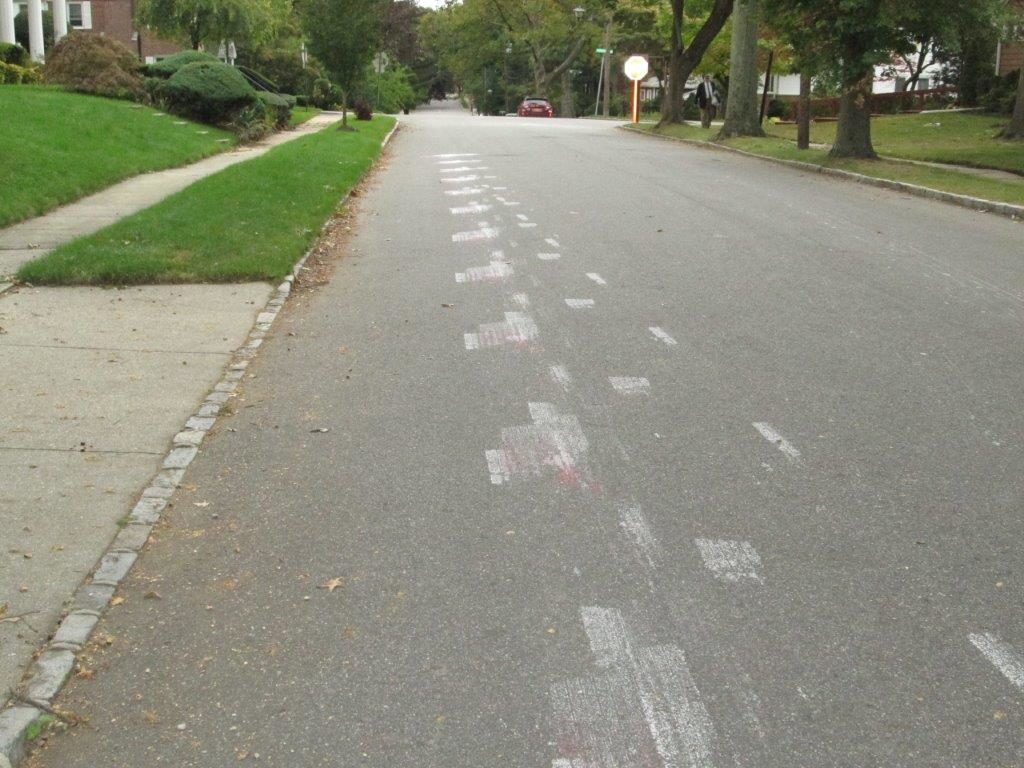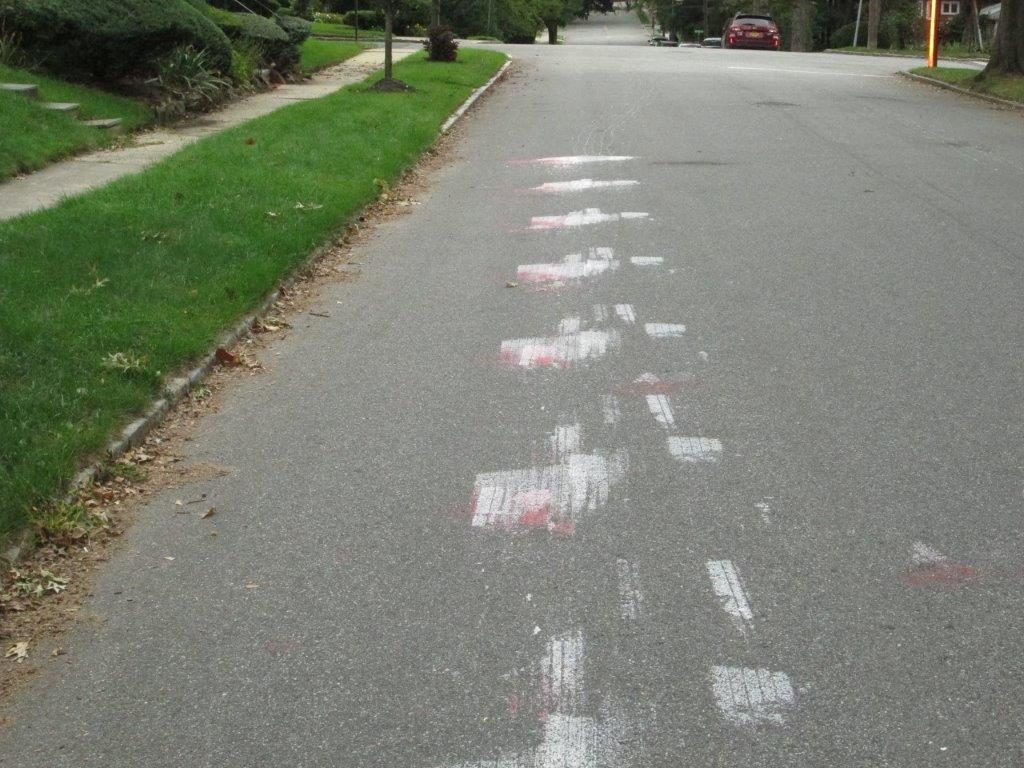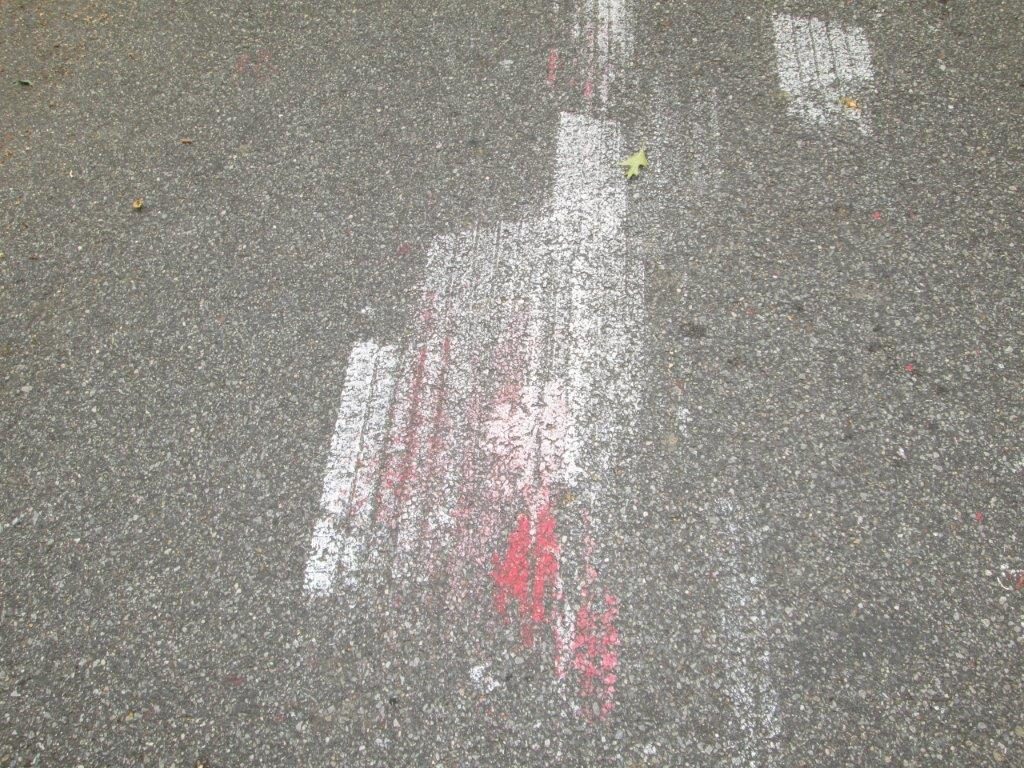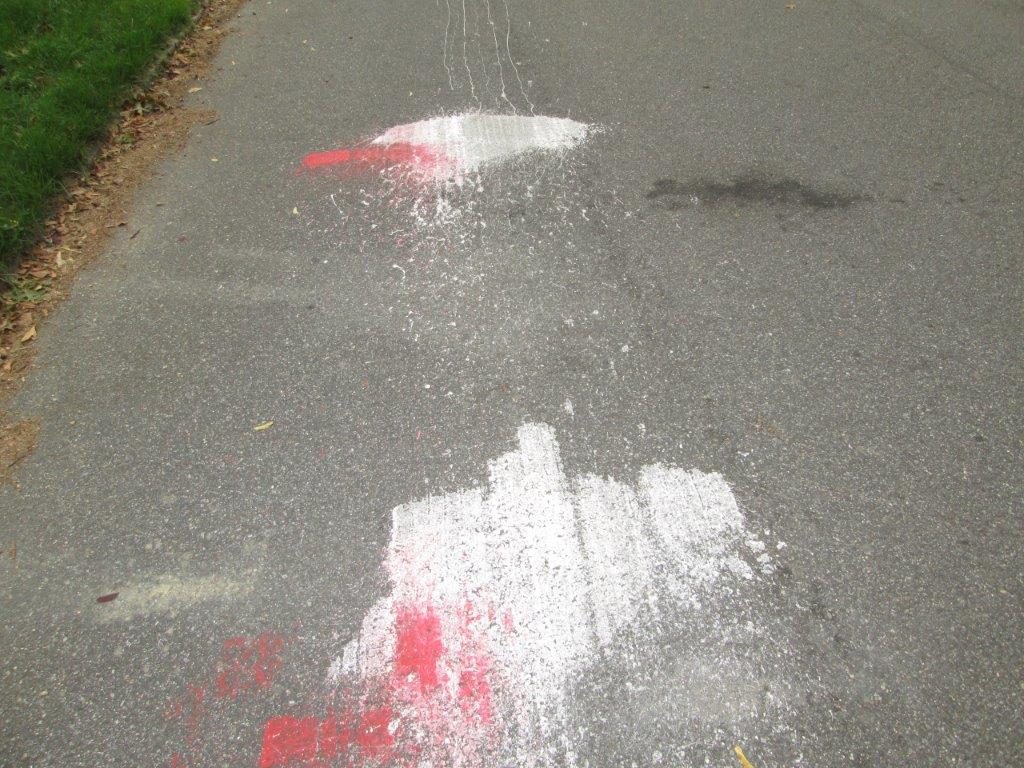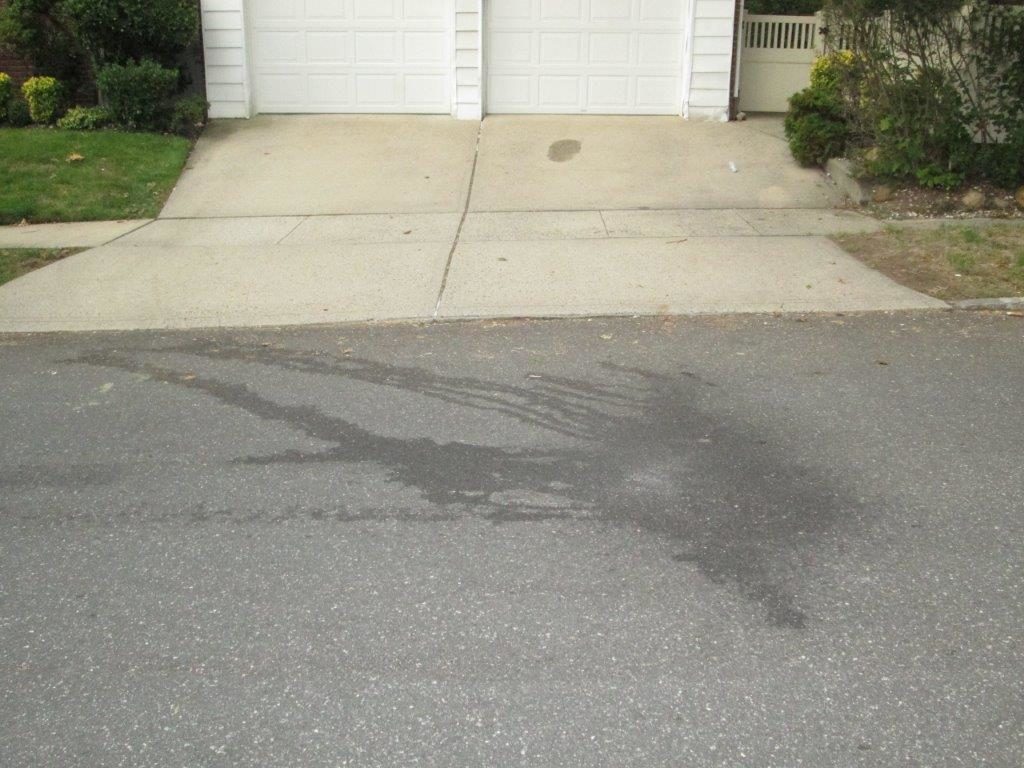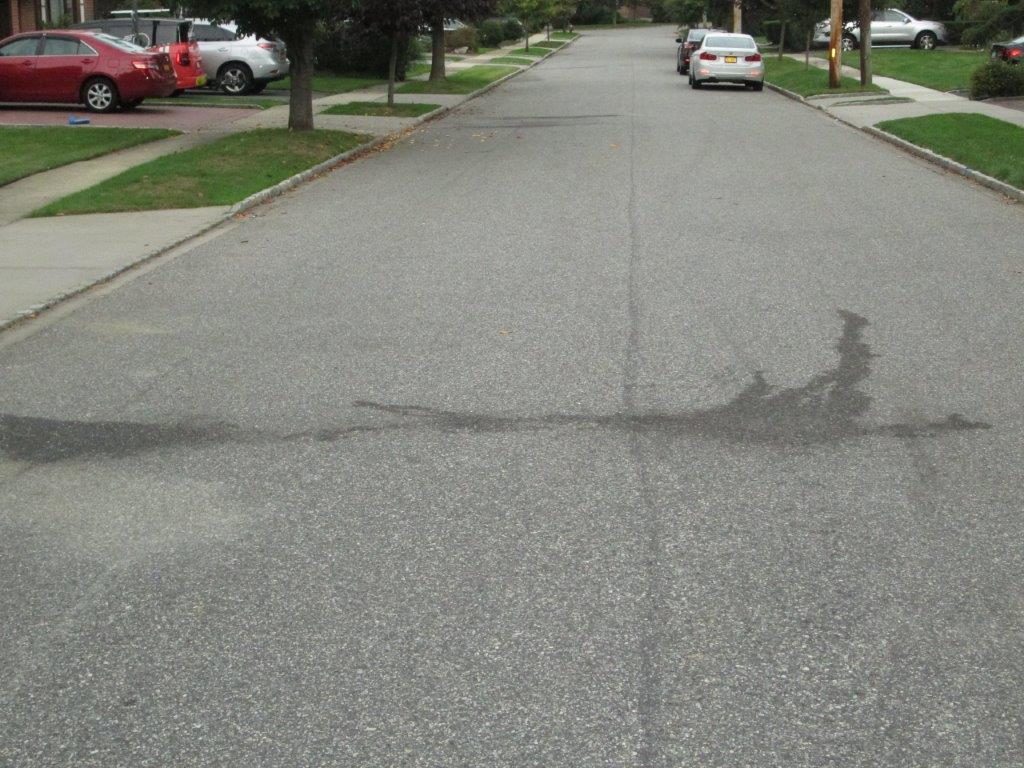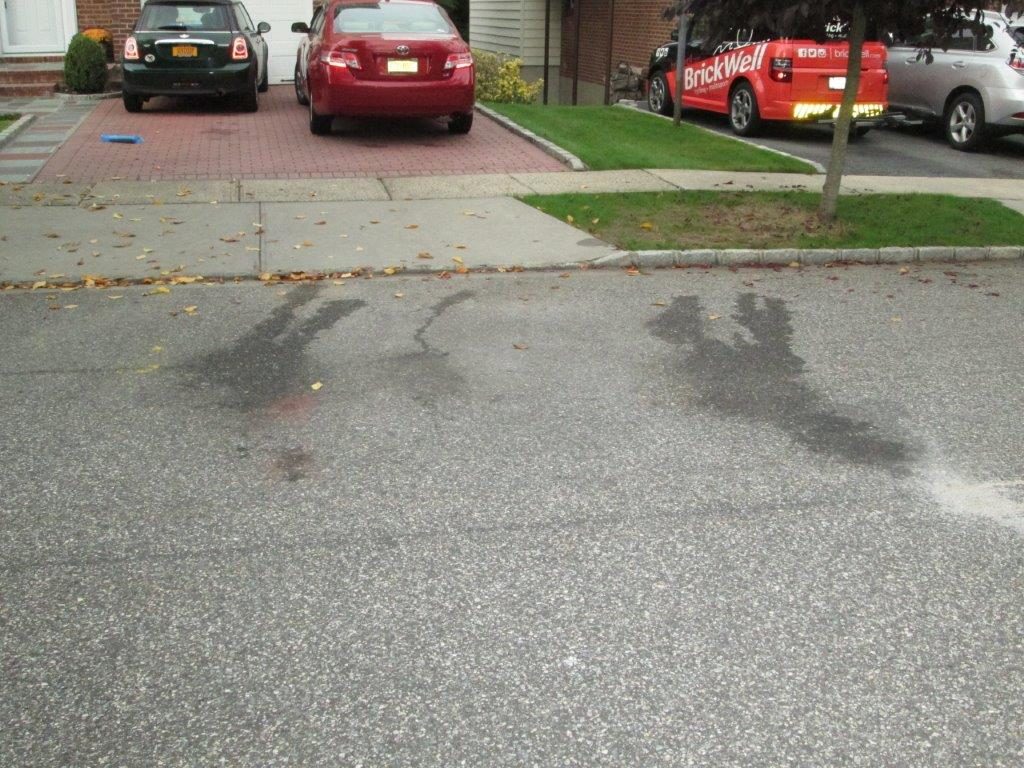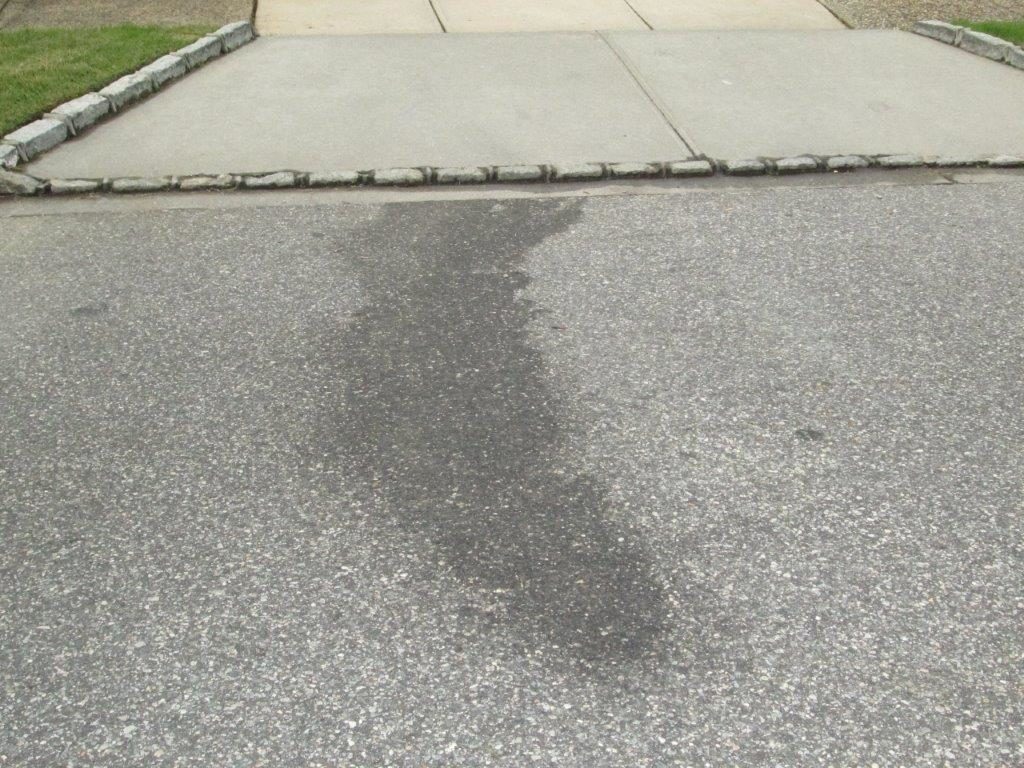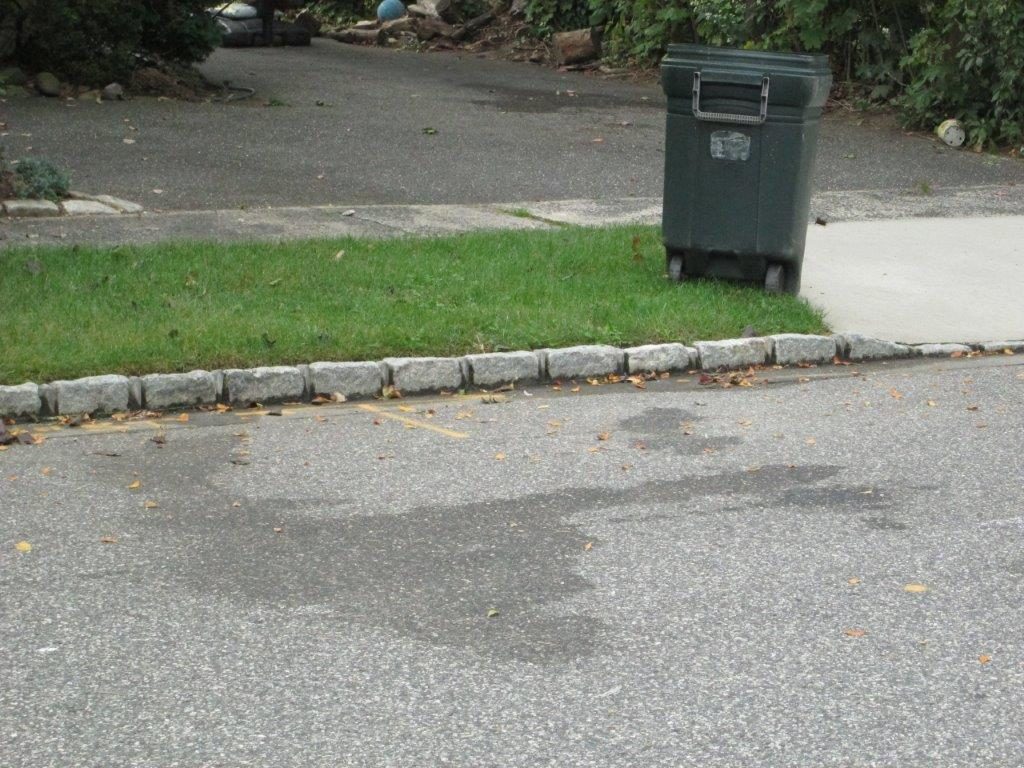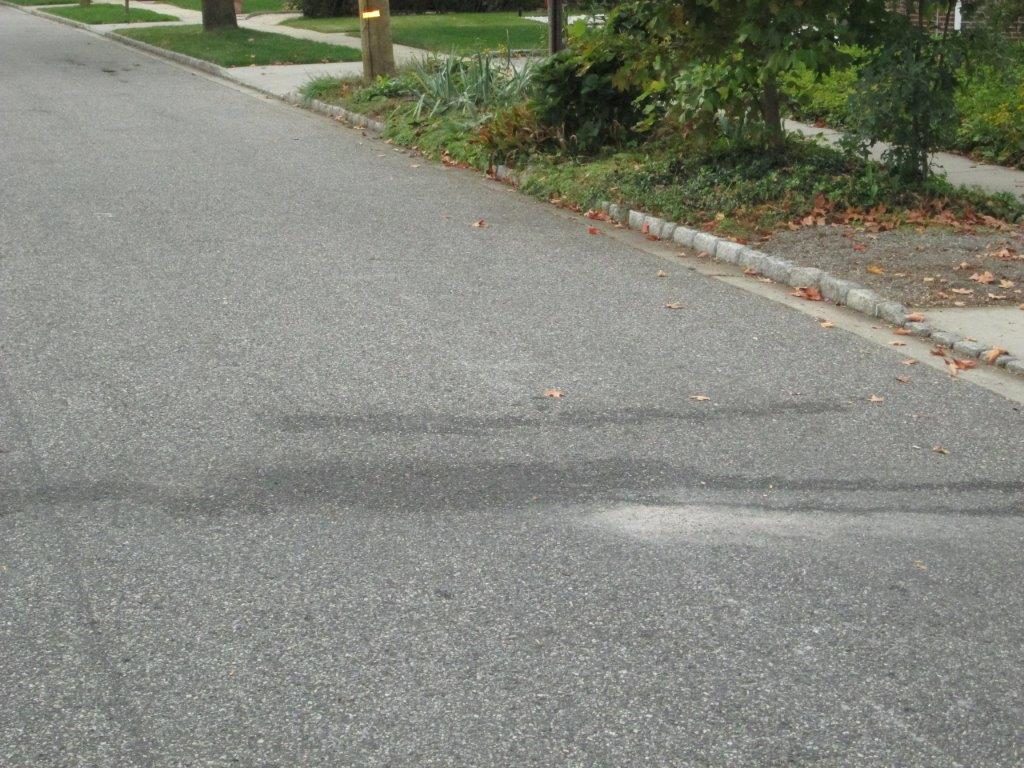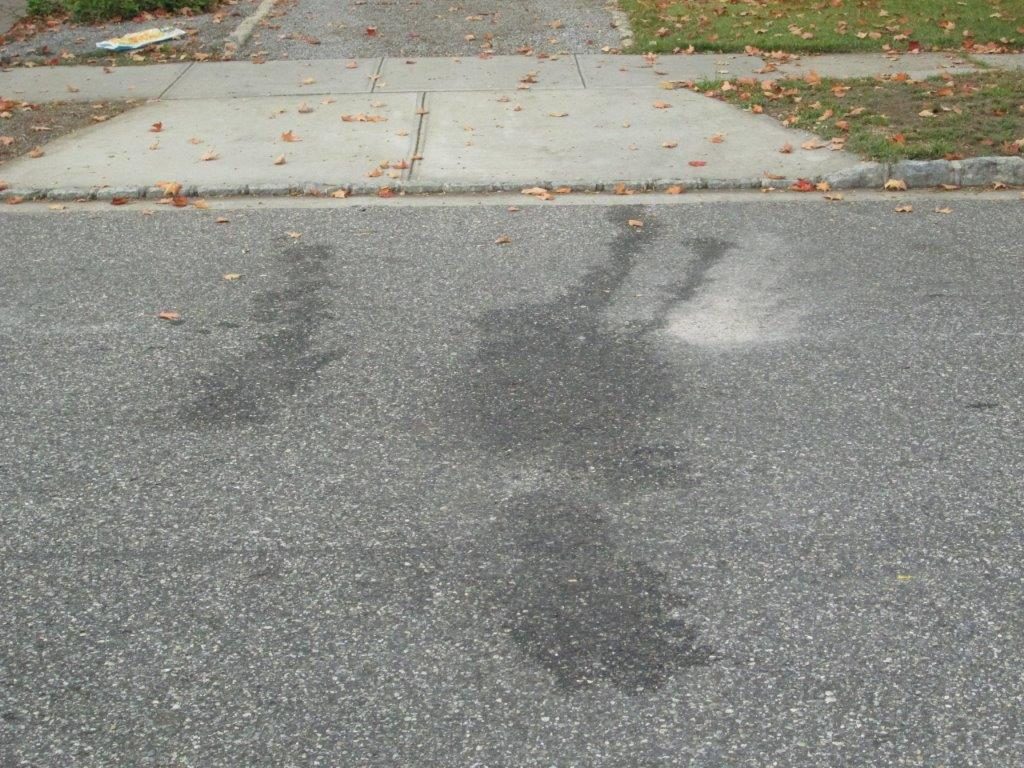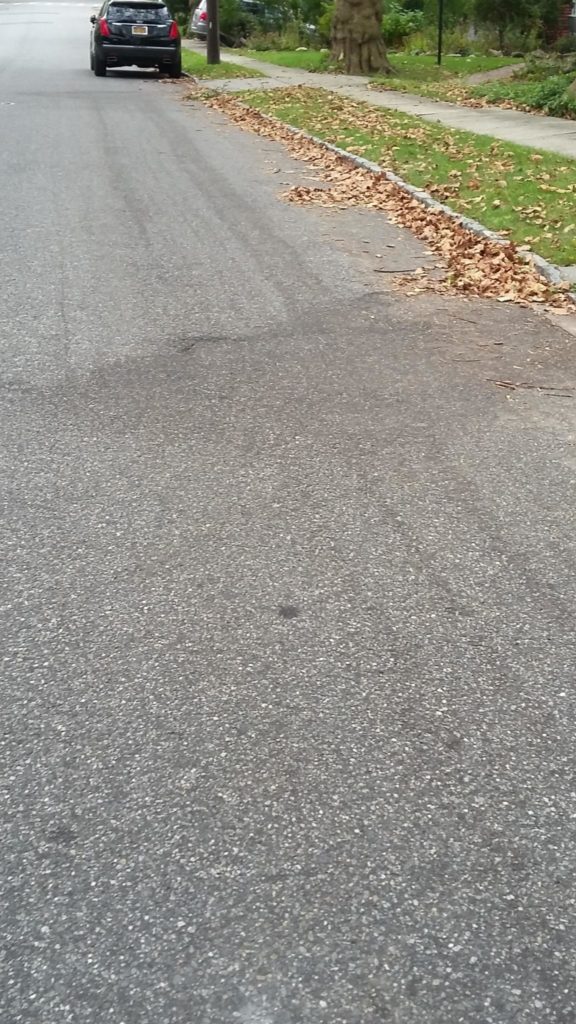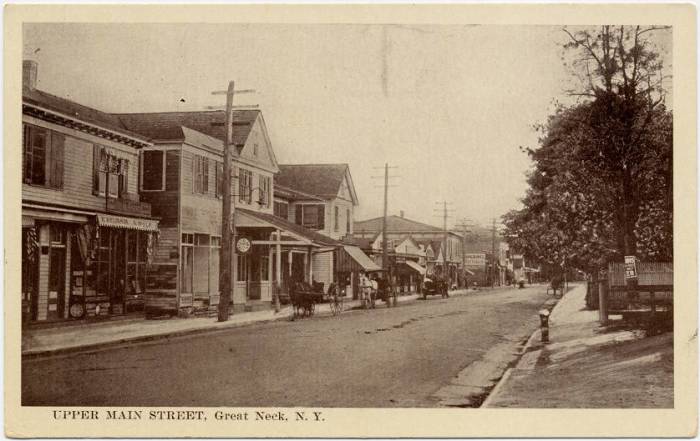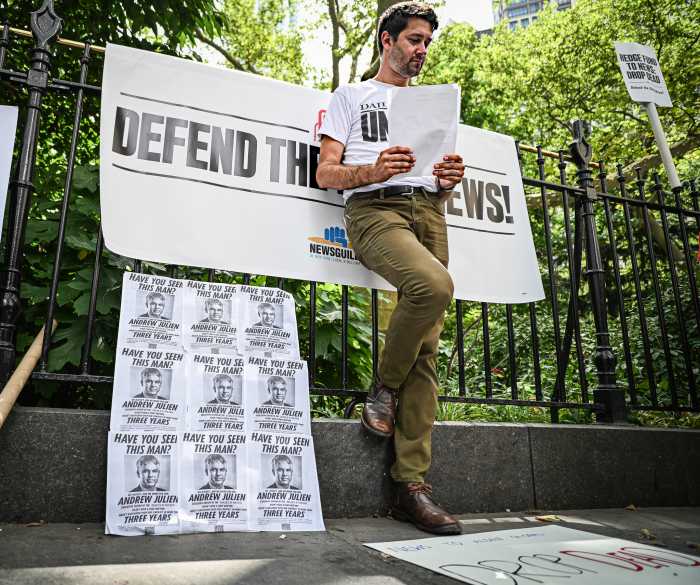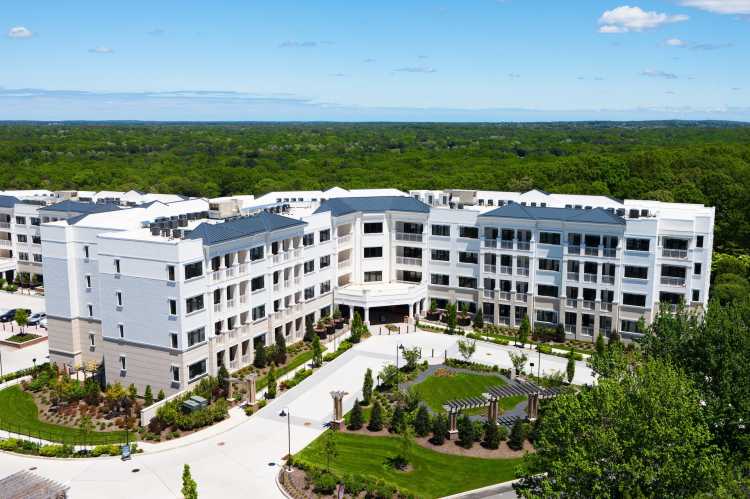When America’s favorite actor, Clark Gable, declared, “Frankly, my dear, I don’t give a damn,” film audiences in 1939 went wild and uttered a collective gasp.
But, elected leaders flaunting a similar I-don’t-care attitude in 2018 seldom receive cheers. Rather, the audible sounds you hear may be that of Men on the Move relocation vans rolling into town. One thing I know for certain, a critical mass of longtime residents in the Village of Great Neck are discouraged and disillusioned by a dictatorship-style government that refuses to prioritize residents’ concerns.
There is no delicate way to deliver what I am about to say. Here is the straight speak: In the early morning hours—especially in the summer season—many of the village streets emit a foul odor. For the past two years, twice a week, every week on Monday and Thursday, village sanitation trucks wind their way along attractive, tree-lined streets—only to deposit enormous, foul-smelling spills of liquid garbage. Sizable spills, some measuring as large as six feet by three feet, mark the spot, driveway after driveway, block after block.
Household garbage, with various unspeakable contents like dirty diapers and discarded food refuse, produces unsightly street stains that rarely disappear. So, the unsightly stains created on Monday remain stagnant on Thursday. In most cases, these stains remain grossly in place on Friday and Saturday—until the cycle commences again on Monday morning with another sanitation pickup.
If your brisk morning walk leads you to the likes of Essex, Colgate, Hampshire, Croyden, Picadilly or Radnor Road from 7:30 to 8:30 a.m., you know exactly what I am talking about. This is not becoming for a village that boasts an enviable, top-ranking public school system. Residents of the Baker Hill Road vicinity, a mere hop, skip and a jump from Village Hall and E.M. Baker Elementary School, are routinely gifted with unsightly filth that marks the outside of their single-family homes.
Please note: The hardworking Department of Public Works employees should not be blamed. The Village of Great Neck government needs to prioritize the basic nuts-and-bolts necessities of the people—that of sanitation and hygiene. They need to invest in a new sanitation truck.
Any attempt at bringing the spillage up for public discussion at Board of Trustees meetings is met with derision and pure lack of interest. Yet, if similar unsanitary conditions existed in a low-income neighborhood in New York City, community advocates would be all over it.
Two years ago, my family submitted 20-plus photographs documenting the spills to the mayor and village clerk. At least one other resident submitted telltale photos, too. Several longtime residents lodged complaints. To date, these efforts have produced no positive results, or acknowledgment, whatsoever.
At present, our village does not have a working plan to address our slipping standards. You may already know the pursuit of a revitalization project on Middle Neck Road, as advocated by elected leaders, is code for dense, vertical, apartment-style housing that will exceed existing zoning laws. How will elected leaders handle the undesirable side effects, such as additional fifth, traffic and congestion, in the foreseeable future?
We have already become an embarrassment to neighboring communities. Just feast your eyes on the village-owned property on East Shore Road, carefully enclosed in a chain link fence opposite the BMW service center. Is our village so cash poor that it is unable to perform basic maintenance on this eyesore of overgrown, weedy vegetation that is leased out for $30,000 a year?
Building bridges in a community typically connotes inclusion—with hopes for harmony and positive outcome. In this case, the diversion of funds for an unnecessary, potentially $50,000-plus footbridge, to benefit a single demographic, ensures the very opposite of harmony. Building bridges, of this sort, is certain to create divisiveness.
In the Village of Great Neck, home to diverse cultures and religions, what priorities should receive attention first? Do we focus and invest in basic maintenance to improve our existing infrastructure? Or do we commit to the construction of clustered three- and four-story apartment-style living spaces which will surely strain our infrastructure?
Please excuse my diversion when I offer up William Shakespeare’s classic quote from Hamlet, “To be, or not to be, that is the question.”
With respect to village government, the question that begs to be answered is, “Do the deal, or serve the people, that is the question.” Shakespeare could not have said it better himself.




